The Difference Between Narcolepsy Type 1 and Type 2
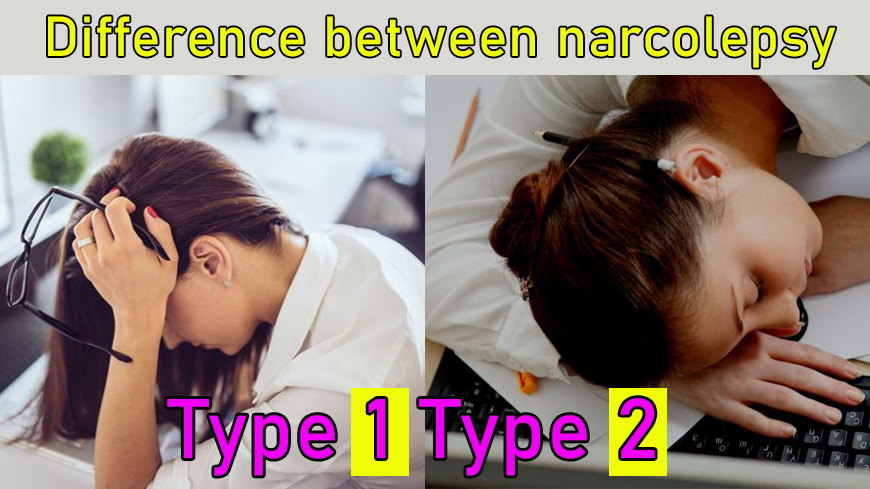
What is Narcolepsy?
Narcolepsy is a lifelong neurological disorder that is associated with excessive sleepiness during the day. Even if a person is at a meeting with a big-time businessman, or a student is giving the most important presentation or his/her career, they involuntarily fall asleep with absolutely no control over their body or mind.
People who suffer from Narcolepsy are not capable of staying awake throughout the day, because at some point, either while sitting, eating, walking, or driving, their mind will shut down.
This inactivity in the brain leads to the body searching for signals from the brain which would otherwise be received in order to communicate wilful bodily movements. The frequency of this disease is low – about 1 in 2000 people are diagnosed with Narcolepsy.
Narcolepsy is known to occur in people whose brains have a lower tendency to maintain high levels of wake-promoting hormones such as dopamine, norepinephrine, and serotonin. There are two types of Narcolepsy which you can read about below.
What is Type 1 Narcolepsy?
This type of narcolepsy is accompanied by another bodily disorder and low levels of Hypocretin in the hypothalamus. Usually, narcolepsy involved excessive daytime sleepiness (EDS) at random times during the day. But type 1 narcolepsy occurs with:
- Cataplexy: An unfortunate condition that occurs in individuals when they experience random emotional surges, be it laughter, sadness, or anger. Due to the sudden triggering of strong emotion, the body loses its muscle tone and the person is unable to move, although conscious.
- Low Hypocretin levels: There is a fluid in the back lower side of the brain, between the bones of the spine. This fluid is known as cerebrospinal fluid (CSF) and it contains hypocretin (orexin). People with a hypocretin deficiency (>110 pg/ml) suffer from type 1 narcolepsy. This hypocretin is the hormone used to regulate sleep and wake cycles. Hypocretin also acts on the alerting and wake-promoting hormones in the brain by activating itself.
What is Type 2 Narcolepsy?
Type 2 narcolepsy occurs when a person faces excessive daytime sleepiness, but without facing the consequences of Cataplexy. In spite of taking a nap of around 3-8 hours, a person may wake fresh and energized. But within no time, they feel fatigued again and randomly doze off in whatever situation they may be.
Type 1 and Type 2 Narcolepsy: Symptoms
Keep reading to know more about the symptoms that trigger both types of narcolepsy, thereby inducing an irrepressible desire to sleep.
Symptoms of Type 1 Narcolepsy
- Sudden loss of Muscle Tone
- Random emotional outburst – can be anger, crying, frustration, laughter, paranoia, excitement
- Low hypocretin levels in the CSF
- Cataplexy – triggered by intense emotions and loss of muscle control
Symptoms of Type 2 Narcolepsy
- Sleep paralysis – inability to move or speak
- Hallucinations of all kinds just when a person is about to sleep. Because REM state can occur when partially awake too
- Excessive Daytime Sleepiness (EDS) not combined with Cataplexy
- Extreme drowsiness and a disinterested behavioral pattern
Type 1 and Type 2 Narcolepsy: Diagnosis
There are half a dozen ways to diagnose which type of narcolepsy an individual suffering from. Some of these tests can be done to check for both types of this sleeping disorder. However, there are one or two tests specifically for type 2 Narcolepsy.
These tests are based on typical clinical symptoms:
1. Multiple Sleep Latency Test (MSLT)
A series of 5 tests are performed on the subject while they are asleep. Each test is separated at an interval of 2 hours and several sensors are attached to the patient’s body. If a sleep latency of fewer than 10 minutes along with a change in a sleep state to REM state occurs in the initial 8 minutes of falling asleep, then the subject is almost certain of a victim of type 2 narcolepsy.
2. Polysomnography
This test occurs overnight in a hospital or sleep center. A bunch of electrodes is connected to the scalp (after putting gel for impedance resistance purposes), from which brain activity is measured in the form of brain waves. These waves are visible on the electroencephalogram (EEG) machine.
The amplitude and time between each full cycle decide whether the brain is denoting alpha, beta or gamma activity. By studying these specific signals, it is possible to understand the emotion the person is experiencing. Due to the presence of audio and video recording equipment, the doctor also records any snoring sounds, bodily movements, and jerks.
This analysis on a whole helps a doctor diagnose whether the patient is suffering from type 1 or type 2 narcolepsy.
3. Measurement of Hypocretin (Orexin) levels
This is a specialized test to detect a more severe type of narcolepsy – Type 1 Narcolepsy (combined with cataleptic attacks). The medical practitioner performs a surgery known as Lumbar Puncture (spinal tap).
Abscission is made between the bones of the spine near the brain and a liquid known as Cerebrospinal Fluid (CSF) is extracted. When taken to the lab for microscopic analysis and testing, the doctor checks for the amount of active hypocretin (orexin) levels present.
What is Hypocretin?
Hypocretin is the crucial hormone for inducing sleep and wake signals to other nerves which in turn spark activity of dopamine, norepinephrine, and serotonin. All this being interconnected, helps the doctor understand whether there is a deficiency of hypocretin or not.
The lesser the hypocretin, the higher the possibility of type 1 narcolepsy, and the more hypocretin the lesser possibility of type 1 narcolepsy.
When the brain is not producing enough energy and nerve signaling hormones, the body loses its muscle control and random emotions pop up, calling for a freak episode.
Treatment for Type 1 and Type 2 Narcolepsy
Various branches of medicines can be prescribed. This prescription is given based on the most commonly occurring symptoms of Narcolepsy.
Usually, medicines for type 2 narcolepsy range from cognitive stimulants, tricyclic antidepressants (TCAs) and Sodium Oxybate (although not approved by the FDA), also known as Xyrem.
- The top 3 stimulating medicines are Modafinil (Provigil), Armodafinil (Nuvigil), and Methylphenidate (Ritalin) – they work by promoting wakefulness and alertness.
- TCAs can reduce sleep paralysis and hallucinations although with several side effects on the unpleasant side, such as urinary retention and digestive issues. TCAs include Maprotiline, Doxepin, Imipramine (Tofranil), and Amoxapine.
Also Read: Benefits And Side Effects Of Armodafinil
Some specialized medicines that focus on reducing the frequency of cataleptic attacks and type 1 narcolepsy are serotonin and norepinephrine inhibitors known as:
- Selective Serotonin Reuptake Inhibitors (SSRIs) such as Prozac and Sertraline (Zoloft) contribute to a positive change in mood and more control over emotions. Sleep regulation is an obvious effect of SSRIs
- Serotonin Norepinephrine Reuptake Inhibitors (SNRIs) such as Pristiq (Desvenlafaxine), Fetzima, and Savella help in treating cataleptic attacks due to bringing stability to panic disorder. This comes with erasing depression-related traits due to its uplifting hormone activating effects.
Never fret about visiting a doctor for such issues. It is crucially vital to understand the exact kind of sleeping disorder that an individual is suffering from.
The doctor can prescribe medicines that also help get a grasp of random emotional outbursts, along with sleep paralysis and excessive daytime sleepiness. Especially the people diagnosed with type 1 narcolepsy – medical support is almost mandatory for such cases.
February 27, 2020 Sam Bell




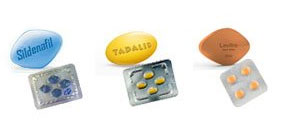


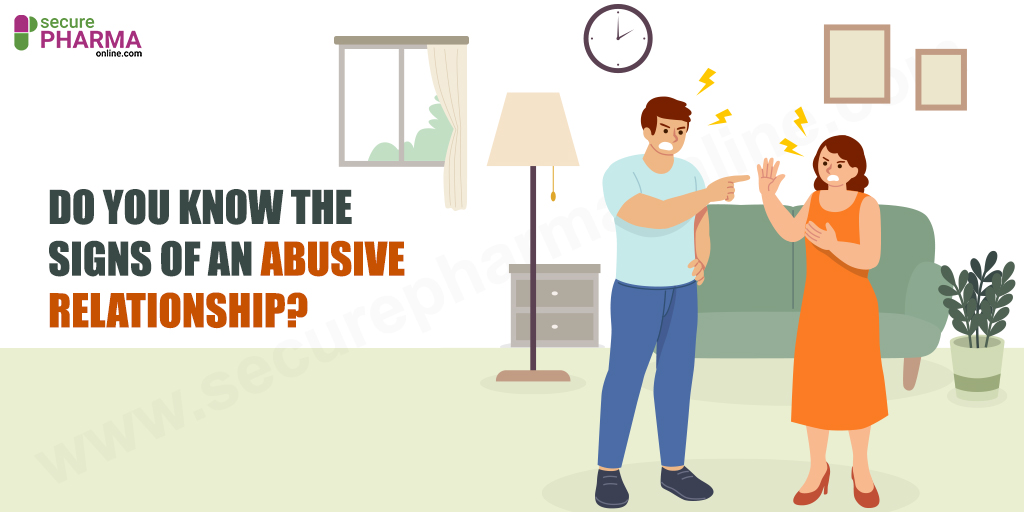

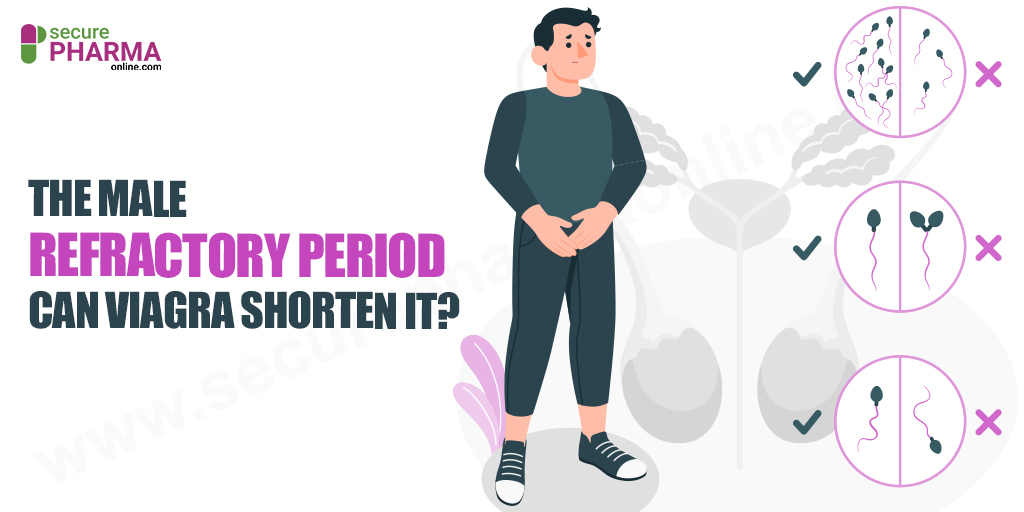
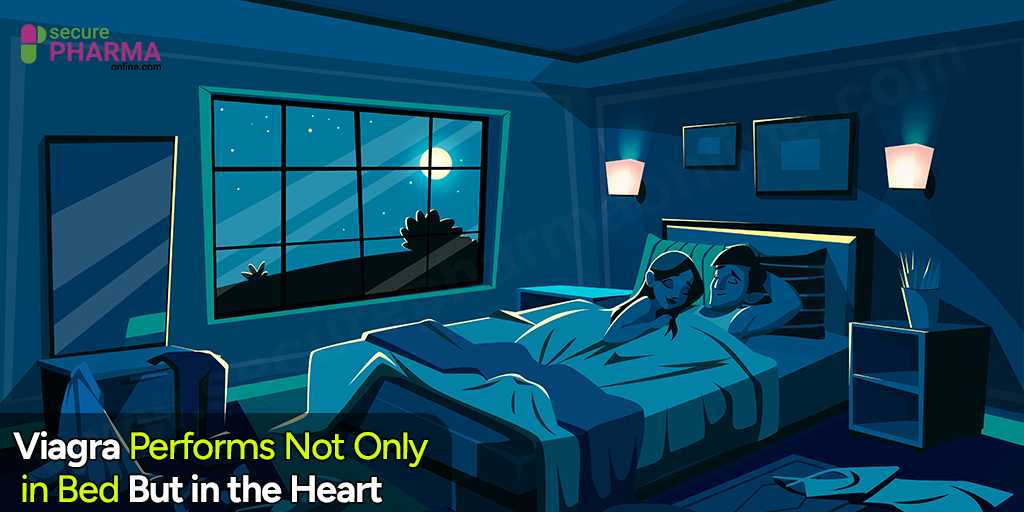
Comments